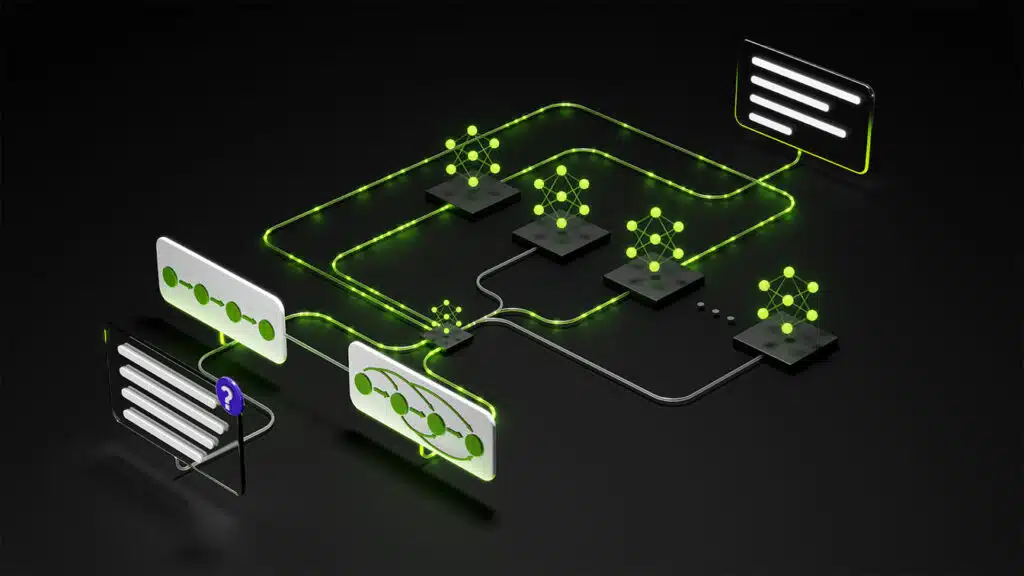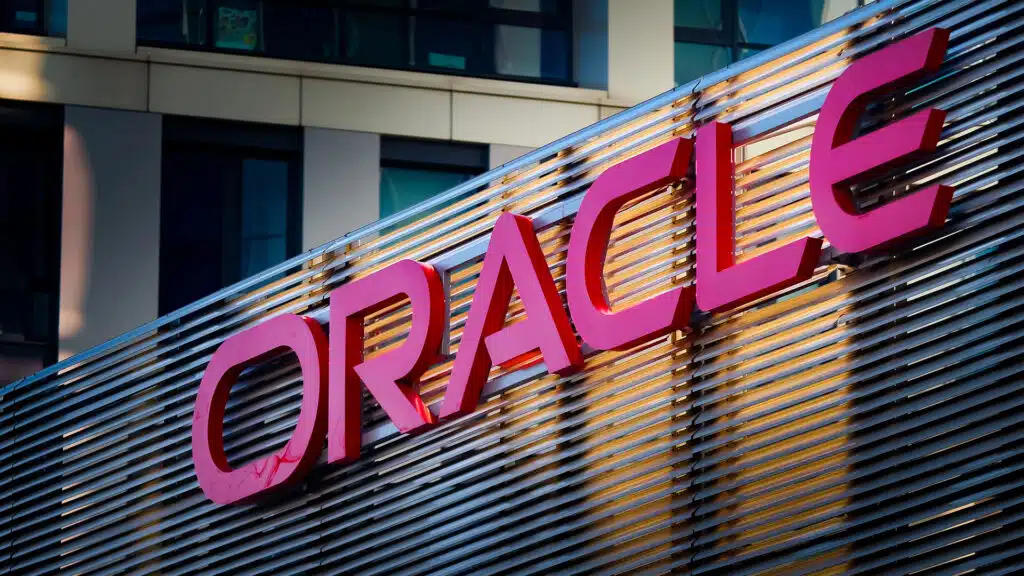The News: Oracle announced updated cloud offerings at CloudWorld, including Oracle Database@Azure in Microsoft data centers and MySQL HeatWave Lakehouse on Amazon Web Services (AWS). The company also highlighted the global availability of Oracle Alloy, letting partners build localized cloud services on OCI. See the complete Press Release on Oracle’s distributed cloud offerings at Oracle.com.
Oracle Distributed Cloud 2023: What to Know About the Latest Upgrades
Analyst Take: Oracle Alloy might sound at first like a cloud resale or cloud managed service provider (MSP) program, but it is not. Oracle Alloy partners use Oracle Cloud Infrastructure (OCI) services as material to build their own specialized suite of cloud services, incorporating their intellectual property (IP), unique value, and brand. As the Oracle Alloy partner is also an OCI user, the partner can benefit from OCI integration with its own applications. This setup greatly simplifies the creation of localized and specialized clouds offered by a partner for its customers to buy and use.
For example, a systems integrator (SI) might have a decades-old financial services practice that includes unique processes, workflows, management services, reporting, and custom applications designed to serve the operational, security, and regulatory needs of the financial sector. With Oracle Alloy, this IP can be incorporated into a partner-branded specialized cloud, simplifying both CX and the partner’s operations. This application is exactly what Nippon Research Institute, Oracle’s prime partner example for Oracle Alloy, is doing.
We see three aspects to Oracle Alloy that make it attractive to customers and the industry:
- Accelerates innovation in cloud services. Technology vendors that specialize in the needs of particular market sectors or geographies can add specialized cloud services to the array of options available today. Even non-technology organizations can do so, especially in consultation with cloud MSPs.
- Drives digital transformation initiatives. Partners with the requisite specialized knowledge can open parts of the customer’s data and application landscape that have been unable to change for continuity, security, or regulatory reasons.
- Builds value and better outcomes by facilitating data, application, and process integration. An Oracle Alloy partner’s IP is available to the partner in OCI through existing infrastructure integrations, lowering barriers to incorporating that IP into the partner’s specialized cloud.
Looked at from the outside, Oracle is actively dismantling infrastructure and service barriers for users of its databases, applications, application integration and development platforms, and industry solutions. Oracle customers have, or will soon have, more infrastructure options:
- On-premises, using Oracle or any other vendor contracts
- OCI, using Oracle contracts
- Microsoft Azure, using Microsoft contracts and credits
- AWS (for MySQL HeatWave implementations), using Amazon contracts and credits
- A localized cloud service, tailored to the customer’s industry, from an Oracle Alloy partner
A paramount element to this customer strategy is the achievement of cost equality, cost long being a sore subject for Oracle buyers. According to both Oracle and Microsoft, Oracle Database@Azure not only has the same rate card as the Oracle Database service on OCI but also has achieved core parity. Core parity is critical to enabling choice of hosting platform because Oracle Database licenses are charged according to the number of cores on the cluster. It would be useless to the customer to have the same rate card if the licensing expense doubled because the infrastructure is double the size. Oracle and Microsoft have solved this problem.
Looking Ahead
In an era where public cloud offerings have increasingly become commoditized, Oracle’s latest expansion in its OCI services is a smart strategic maneuver. By introducing Oracle Database@Azure and MySQL HeatWave Lakehouse on AWS, Oracle is positioning itself not as a siloed service provider but as an interoperable solution within the broader cloud ecosystem.
The implications of Oracle’s moves are far reaching. First, they acknowledge a core facet of modern enterprise IT strategy: flexibility. As businesses diversify their portfolios and tackle global challenges, the need for agile, distributed cloud capabilities has never been greater. With Oracle’s enhancements, organizations are now equipped to seamlessly shift workloads across multiple cloud providers, all while maintaining high performance and availability. This functionality is an acknowledgment that the cloud landscape of the future is not zero-sum but collaborative.
Second, the expanded OCI services directly tackle operational pain points such as data privacy, data sovereignty, and latency—issues that have often been stumbling blocks in cloud adoption. Through these new offerings, Oracle enables businesses to better meet regional compliance requirements and optimize for local performance, broadening the viable use cases for public cloud deployments.
Finally, Oracle Alloy’s availability to global partners signifies an astute focus on enabling a wider ecosystem. The idea is to not just provide organizations with cloud services but also equip service providers, independent software vendors (ISVs), and SIs with the tools they need to create new business opportunities.
As we look ahead, Oracle’s strategy could very well serve as a template for how cloud services evolve. Rather than creating walled gardens, the focus is shifting toward a more open, distributed, and collaborative cloud environment – one that places customer needs and operational flexibility at its core.
Disclosure: The Futurum Group is a research and advisory firm that engages or has engaged in research, analysis, and advisory services with many technology companies, including those mentioned in this article. The author does not hold any equity positions with any company mentioned in this article.
Analysis and opinions expressed herein are specific to the analyst individually and data and other information that might have been provided for validation, not those of The Futurum Group as a whole.
Other Insights from The Futurum Group:
Oracle Database Analyst Summit: Powering the Multi-Cloud Era and Liberating Developers
Oracle Frees Database 23c to Power Universal Modern Apps and Analytics Innovation







